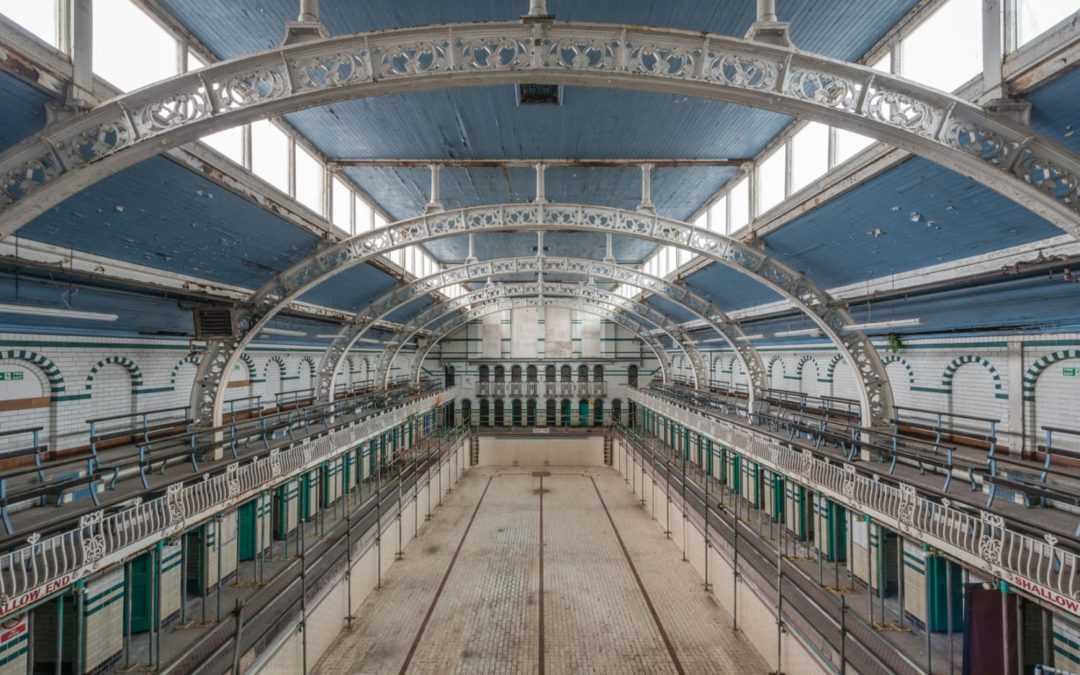
This Photographer Captures Images of What the World Would Look Like Without People
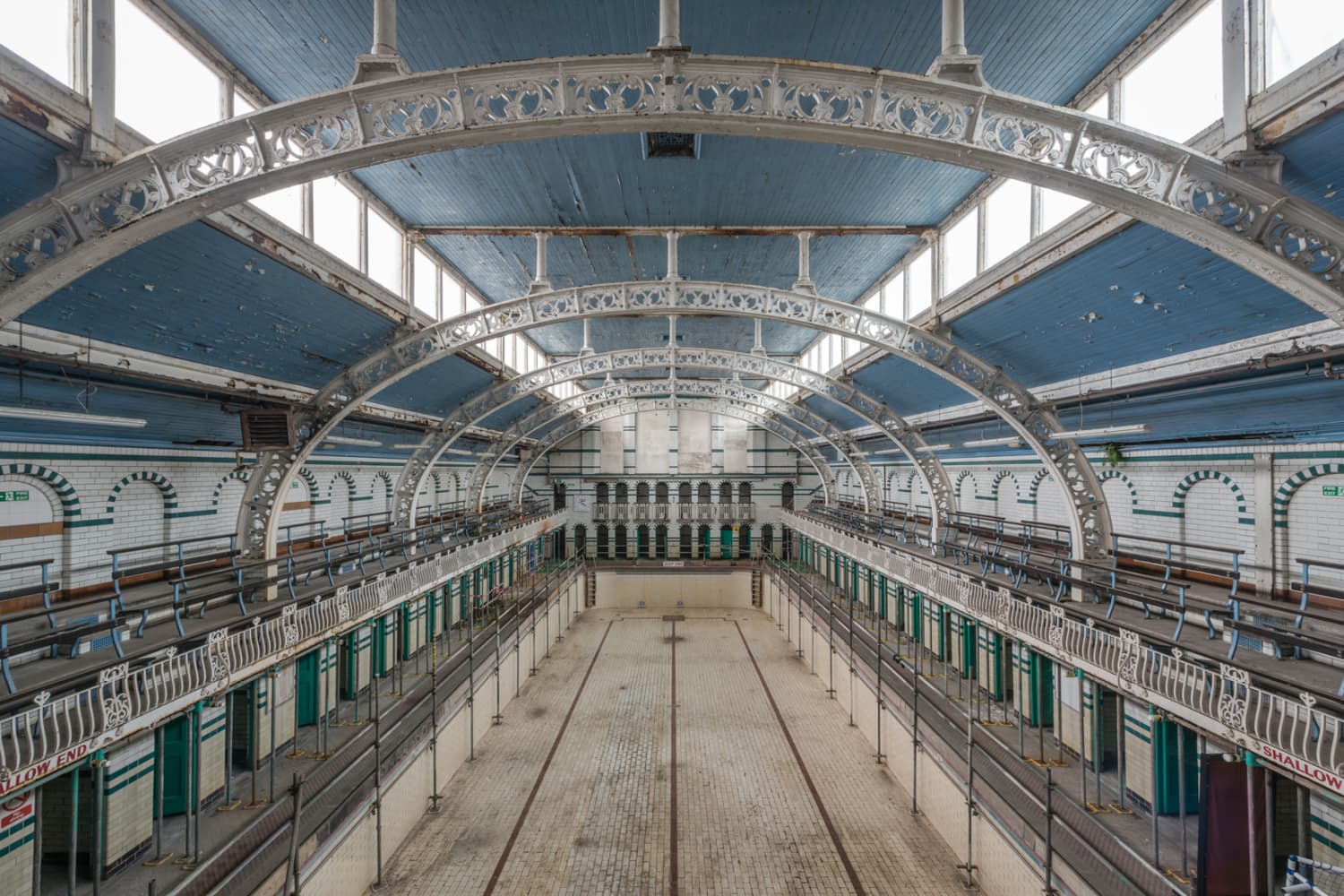


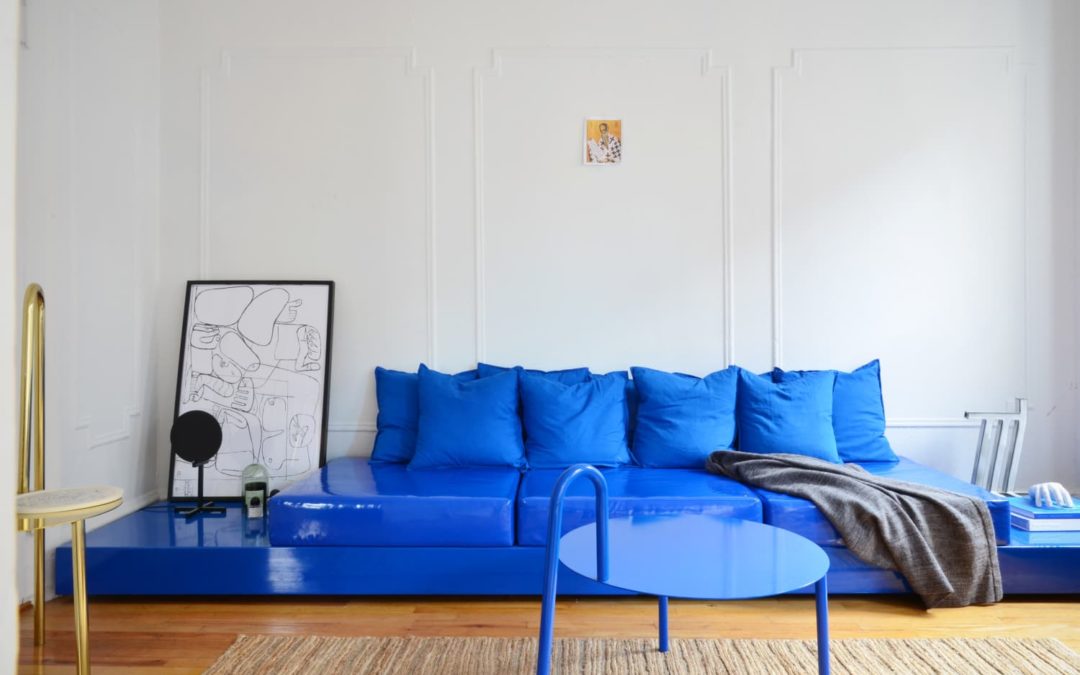
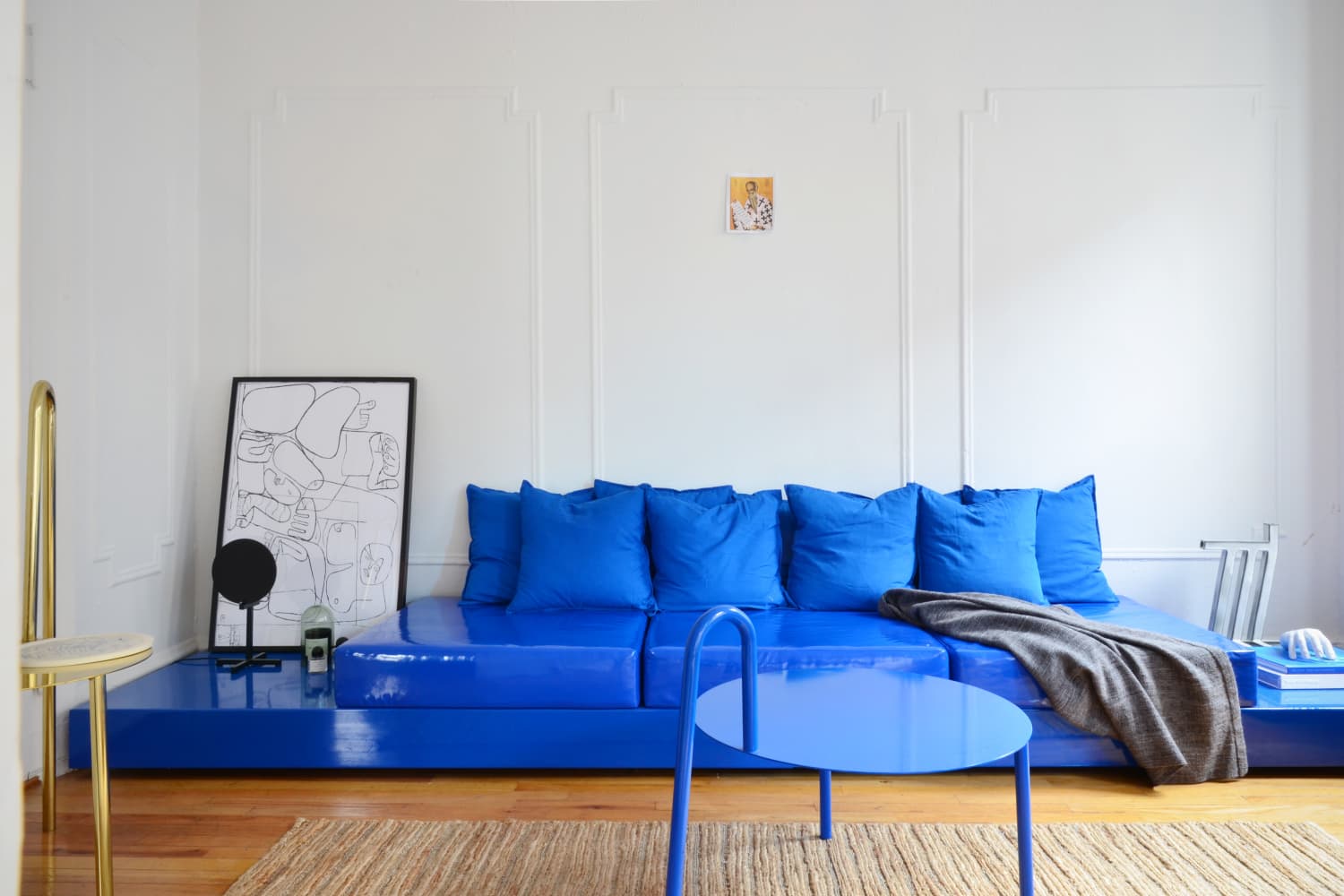
If you’re deciding to list your home for sale or rent it out for a period of time, showcasing well-lit, clean, and properly staged rooms can make the difference in how fast it’ll get snapped up. Real estate professionals and rental platform experts know this, and have strong opinions on what makes a great picture. Read on for a few pointers before pressing that shutter button.
Having the right equipment is the first step in ensuring your home looks professional when listing it for sale or on a vacation booking site. “On Vrbo, photos help create an emotional connection with guests to show them what their vacation could look like, which results in more bookings,” says Alison Kwong of Vrbo’s partner success team. She highlights the importance of having the right tools, such as a digital single-lens reflex camera, or DSLR. Still, a fancy camera with a fancy lens isn’t always necessary — many smartphones can take high-resolution shots without hugely sacrificing quality.
If you’re ready to get started with taking photos or hiring someone to do it for you, there are some key considerations for staging your space. According to Kwong, these are the most important:
1. Remove clutter. Pick up miscellaneous items in your rooms and straighten any crooked pictures or wall hangings.
2. Hide any personal items such as food, open board games, stray clothes, or other things that can take focus off the property.
3. Refrain from photographing people in your living spaces, as they can be a distraction. This includes reflection of yourself in mirrors when snapping pics.
4. Consider the weather. Avoid scheduling a photoshoot on a rainy day. You want to showcase your property in the best light.
5. Take a lot of photos. Vrbo allows hosts to upload 50 photos per listing. Don’t limit yourself to one photo per room or forget to photograph attractive amenities. The more photos guests or potential buyers have to scroll through, the longer they’ll stay on your listing page. This will also give them a better sense of what to expect.
6. Don’t forget the exterior. It’s important to capture the whole package. Be sure to photograph the pool, fire pit, or patio to play up a home’s strengths.
When taking photos of your space, try to focus on one room at a time. “Situate yourself in the corner when shooting to add depth, perspective, and a more accurate view of the space,” advises Kwong. “Ensure you’re taking photos with a wide view of the room. Don’t shoot ‘flat’ or directly onto the bed or wall, as this can make the room seem smaller than it is in reality.”
And if you’re shooting with your smartphone, always capture images in landscape view rather than vertical, Kwong adds.
“Natural light is ideal, and you should plan your shoot for when natural light is abundant,” Kwong says, explaining that brighter, lighter spaces can result in a quicker booking.
If abundant natural light isn’t available, try to shoot at the brightest time of day, while turning all of the lights on in each room. Just be sure to avoid shooting at night, when darkened windows and yellowy-orange lighting can make a space seem smaller.

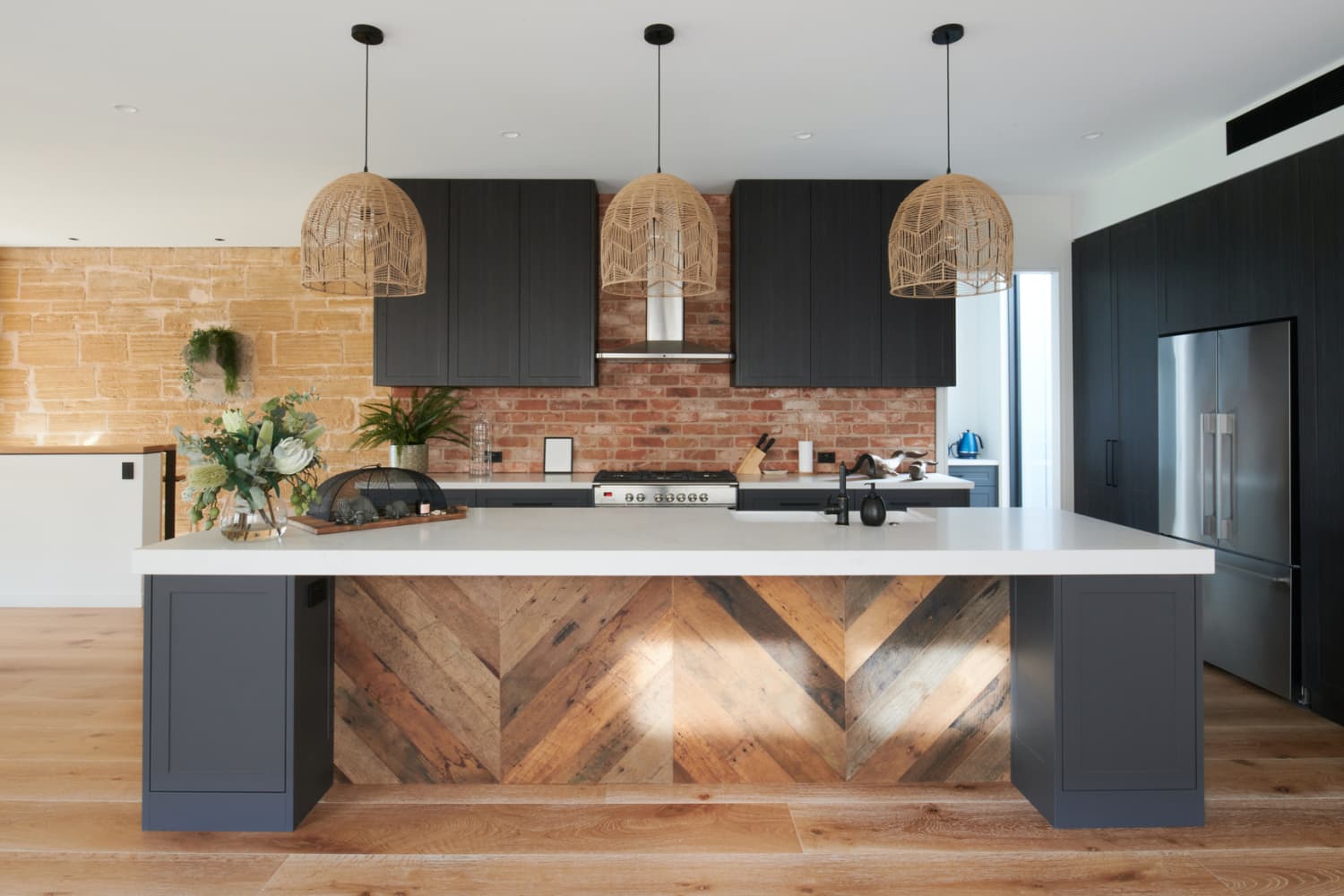
Real estate listing photos can make or break a first impression for homebuyers. While home staging is one way to woo them, it’s not always necessary in creating a great gallery. In fact, sometimes less is more when it comes to capturing a space looking its best. Just like the fashion adage says, leaving one thing out might do the trick.
Even in the digital age where so many devices are wireless, there are still many other appliances that require an electrical cord. And since no one in the history of ever has said, “What a beautiful cord!” when looking at a real estate listing, some discerning agents will ask to have them Photoshopped out of view.
Robert Moreno, a Boston-based real estate photographer, is often asked to remove the cords from table lamps, desktop computers, wall-mounted TVs, landlines, and other devices to create a fuss-free image. Photo editing software aside, If you can’t coil up cords or hide them neatly behind furniture or under area rugs, unplug and remove them from the photo.
It’s a small detail for sure, but it’s one that creates a clean and appealing aesthetic. Of course, no one is fooled into thinking that the Peloton in the corner of the home gym is miraculously wireless. And that’s exactly why Moreno doesn’t mind the odd request to remove cords — it’s not messing with the ethics of selling a home.
Staging a home is putting the existing space in its best light. Touching up photos is one thing, but doctoring photos for the sake of deception is another thing entirely.
Case in point: Moreno was once asked to erase a dumpster that was parked in the driveway while the owners were moving out. A dumpster isn’t the easiest thing to get out of view IRL, but then again, it’s not meant to stay on a residential property forever. He agreed to the request because the dumpster was going to get removed eventually.
Still, there have been times when Moreno has declined a Photoshop request not because of the additional workload, but because doing so would be a misrepresentation of the property.
“Here in Boston, we still have huge amounts of wooden telephone poles that carry wires, and sometimes these telephone poles and wires will be right smack dab in the middle of the camera frame,” Moreno says. “[It’s] killing the view of an otherwise very lovely house with wonderful curb appeal.”
While Moreno understands an agent’s inclination to want a telephone pole removed from a photo, his response to this request is simply, “no.” Unlike a dumpster, a telephone pole is permanent until the utility company says otherwise. Like it or lump it, the homeowner has no choice in it being there, so they might as well see it first in the listing photos.
To be fair, no one is going to pass on a house just because they see a cord in a photo, nor will they start a bidding war if they don’t spot one. This pro tip is more about upholding the principles of good photography. In a time when people start their home searches online, looks are everything.